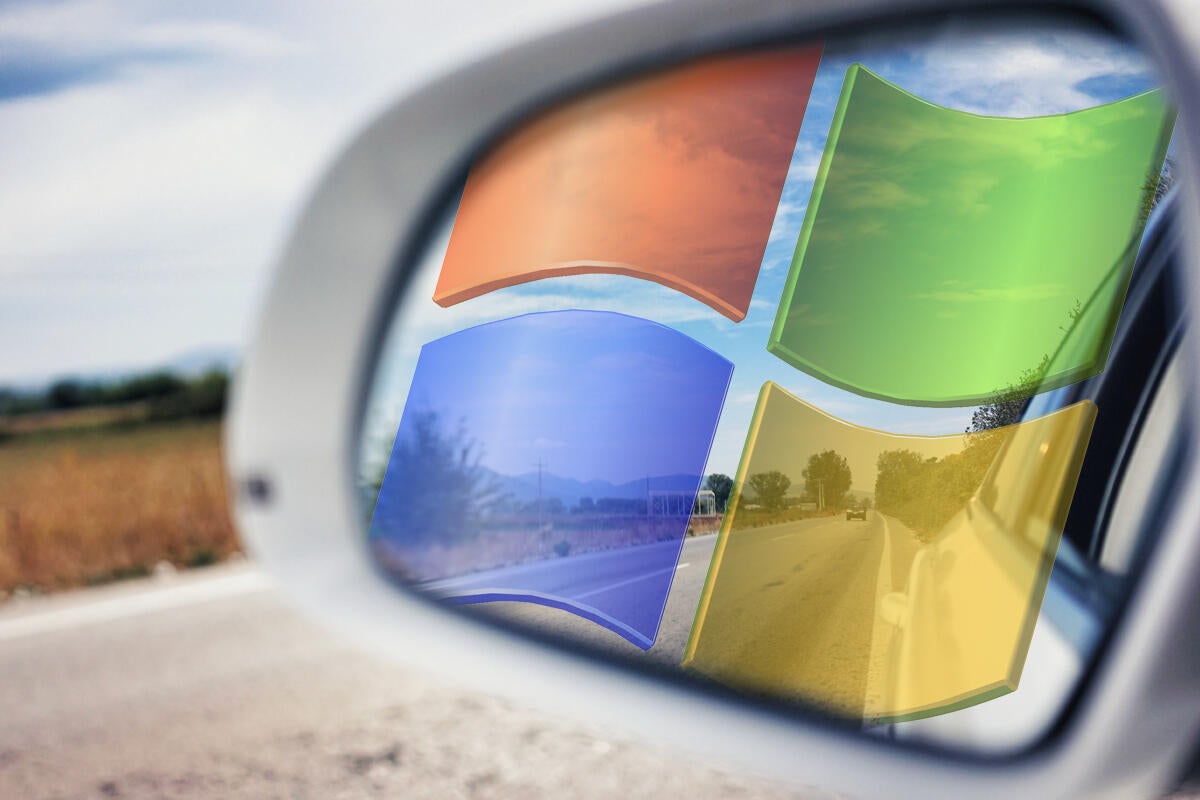
Microsoft customers last month pressed “pause” in their migrations from Windows 7 to Windows 10 as the adoption of the latter stalled for the first time since February.
According to data published Sunday by analytics vendor Net Applications, Windows 10’s share of all personal computers slumped a full percentage point – breaking a string of four straight months of gains of a point or more – to end November with 53.3%. Windows 10’s portion of the user share of all Windows PCs fell seven-tenths of a point, to 62%.
(The percentage of Windows PCs (62%) is larger than the percentage of all personal computers (53.3%) because Windows does not run every desktop and notebook. In November, Windows powered 86.1% of the world’s personal computers. Of the remainder, all but a quarter of one percent ran macOS, Linux or Chrome OS, with Apple’s operating system the largest, by far, of those.)
Usually, Windows 10 and its most popular forerunner, Windows 7, are in equilibrium: As one falls the other climbs. November was different, as Windows 7 stayed flat while 10 dropped. Windows 7’s share closed the month at 26.9% of all PCs and 31.2% of those powered by Windows. Windows 7’s change last month was the smallest since June and ended a four-month series of massive declines that totaled 8.5 points.
The sudden slowdown in transfer of share from Windows 7 to Windows 10 may have come out of the blue, but perhaps it shouldn’t have been a surprise. After digging into the data archives, it turned out that Windows XP’s decline stalled substantially in the third-to-last month before its retirement. Five years ago, Windows XP’s user share of February 2014 increased by three-tenths of a percentage point as it counted down to a mid-April end of support.
Microsoft will retire Windows 7 on Jan. 14, or in six weeks. The Redmond, Wash. firm will deliver the final security updates to customers on that date, although businesses can purchase post-retirement patches through the Extended Security Updates (ESU) program.
By the time you read this, it’ll be (almost) too late
Windows 7 may be close to its expiration date but that doesn’t mean everyone will abide and scrub it from their machines. It will continue to power devices for months, years to come – even on machines that don’t receive post-termination patches via ESU.
The stubbornness of Windows 7 in November, whether a measurement anomaly or a reflection of an actual slowdown, means that Computerworld‘s forecast of future changes – based on the latest 12-month average – has to be altered yet again. By that prediction, Windows 7 will be running 27.8% of all Windows PCs on Jan. 31, 2020, two weeks after its official retirement. If that fraction, slightly more than one-fourth, doesn’t seem substantial, maybe 417,000,000 does; that’s the estimated number of Windows 7 PCs represented by the 27.8%. Any way one cuts it, a lot of systems will continue to rely on Windows 7 after Microsoft puts it, at least on paper, out to pasture.
A year later – Jan. 31, 2021 – Windows 7 should account for a still-significant 14% of all Windows (or approximately 210 million machines). Meanwhile, Windows 10 will be on a whopping 86.4% of Windows devices.
The latter statistic, if it indeed comes to pass, would be notable for moving Windows 10 nearer Windows XP in the global popularity contest. (Perhaps “popularity” would not be accurate, as that implies choice; ultimately, most Windows users didn’t choose 10, as desktop alternatives are, realistically and for the vast majority, only mirages.)
In February 2007 – as far back as Computerworld‘s records go for Net Applications’ data – Windows XP accounted for an amazing 90.6% of all Windows, a monopoly caused by five-and-a-half years of availability and the lack of a successor. (Windows Vista, XP’s designated follow-up, was seriously delayed and didn’t launch until near the end of 2007. XP’s predecessors, Windows 98 and Windows Me, had been retired by then or because they so stunk had been abandoned.)
Windows 10 will surpass Windows XP’s record in April 2021, according to Net Applications’ numbers, which point to 10 accounting for 90.7% of all Windows at the end of that month. That shouldn’t be much of a surprise: Windows 10 will be nearly six years old by then and more importantly, it has no designated successor to eat into its share. Under earlier development and servicing models, Windows 10 would have been superseded by Windows 11 by now – with 11 competing for a finite share – with Windows 12 halfway through engineering. Instead, Windows 10 is to be the last Windows … ever … meaning that at some point in the not-too-distant future, that OS should own close to 100% of Windows.
Elsewhere in Net Applications’ data, macOS marked a record 11.6% in desktop OS share. November was the third consecutive month during which macOS’s share was 11% or higher, a number never breached before September. Increases in Apple’s operating system have been balanced by corresponding declines in Windows as a whole, with November’s 86.1% the second-lowest level ever for the business-standard OS.
macOS’s trajectory may push it above 12% by February, according to projections based on its 12-month average.
Net Applications calculates operating system share by detecting the agent strings of the browsers people use to reach the websites of Net Applications’ clients. The firm tallies visitor sessions to measure browser activity.

